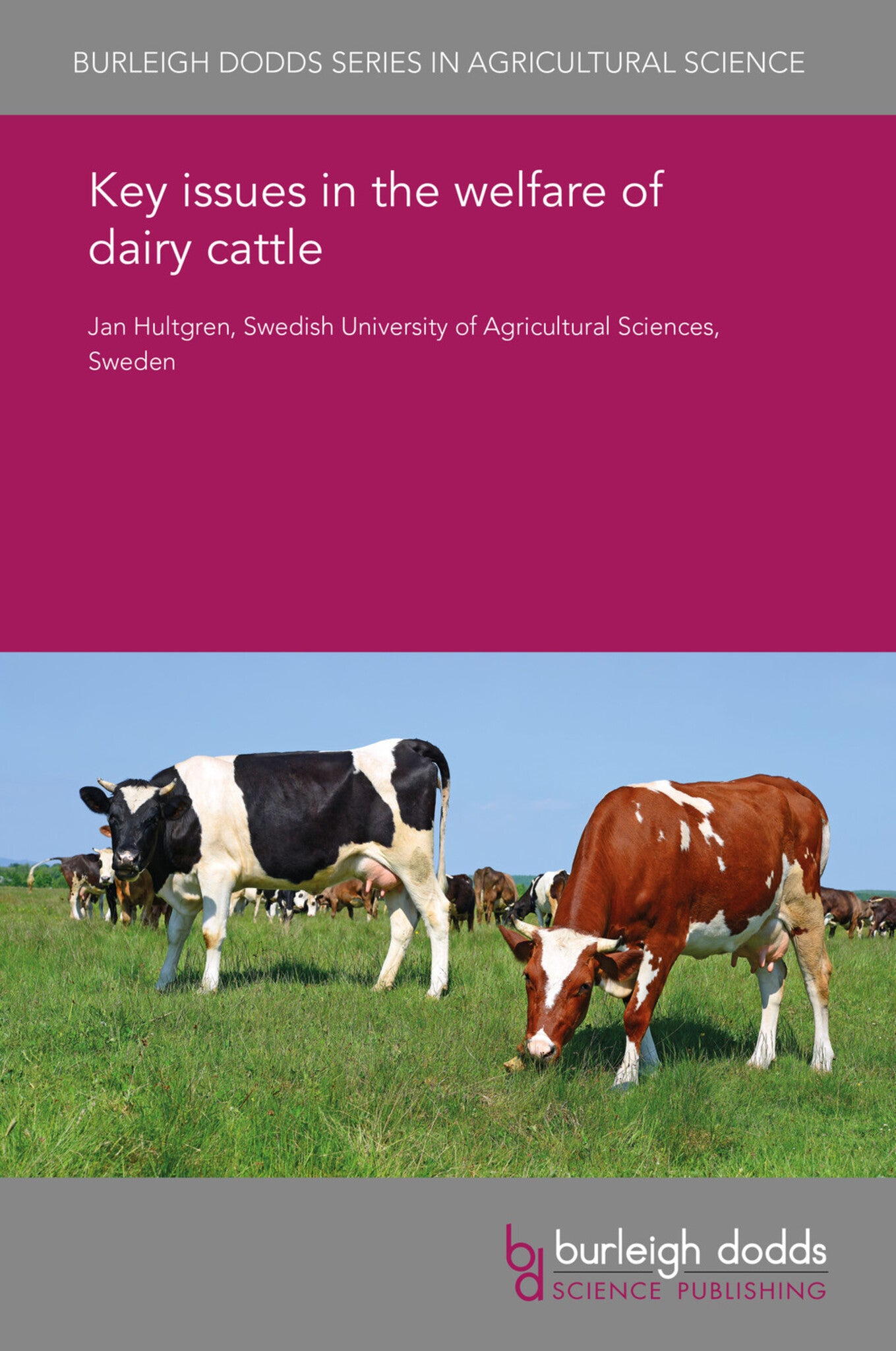We're sorry. An error has occurred
Please cancel or retry.
Key issues in the welfare of dairy cattle

Some error occured while loading the Quick View. Please close the Quick View and try reloading the page.
Couldn't load pickup availability
- Format:
-
07 August 2017


TECHNOLOGY & ENGINEERING / Agriculture / Sustainable Agriculture, Dairy farming, TECHNOLOGY & ENGINEERING / Agriculture / Animal Husbandry, Sustainable agriculture

1 Introduction: an overview of interest in and determinants of animal welfare in dairy farming 2 Husbandry practices in dairy farming: housing, handling and farming procedures 3 Husbandry practices in dairy farming: health, productivity and breeding 4 Applying different perspectives on animal welfare to the case of dairy farming 5 Recommendations for improving animal welfare in dairy farming in the light of expected future developments 6 Summary 7 Where to look for further information 8 Acknowledgements 9 References



